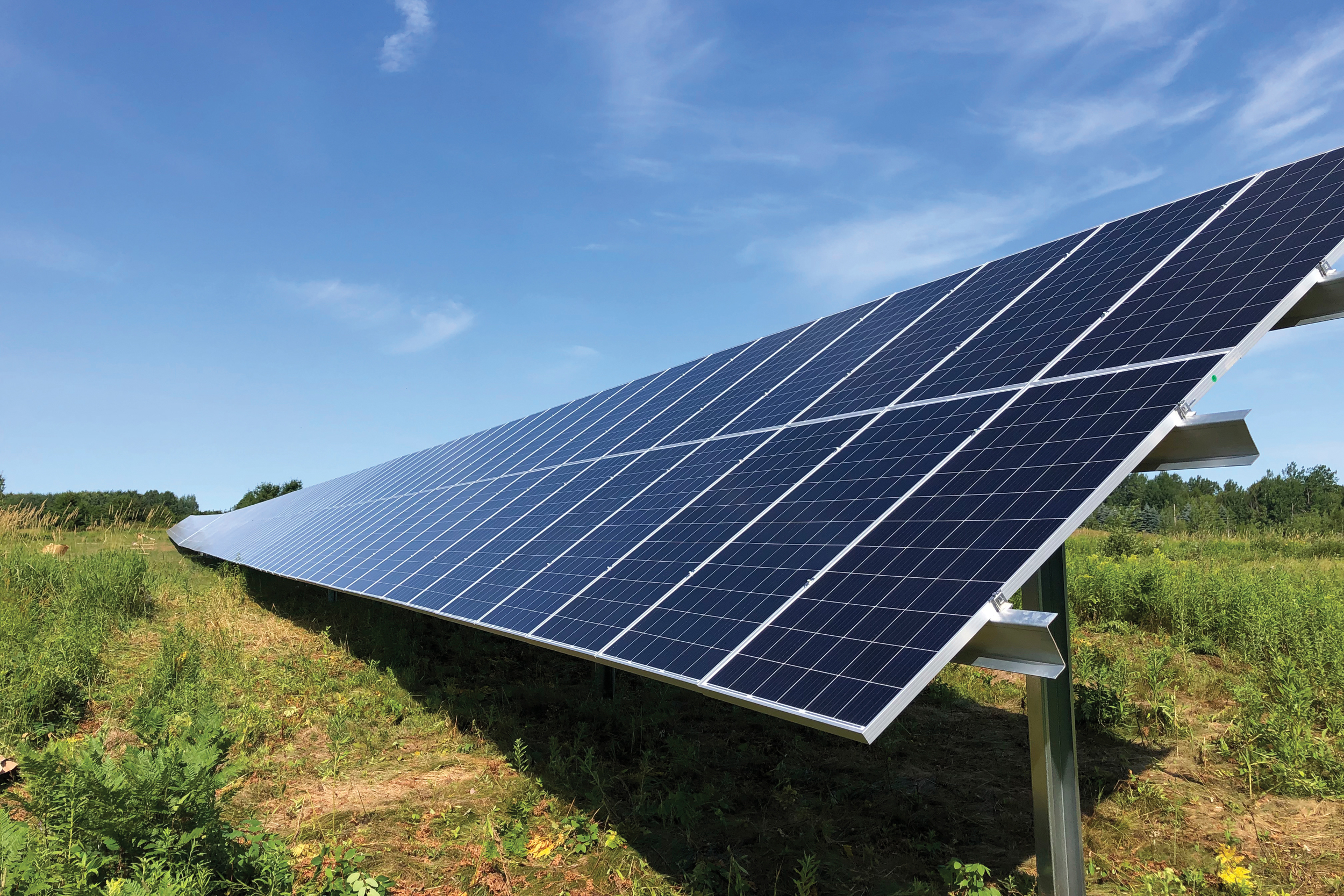We often hear about community solar projects located in large, urban areas—think apartment and condo buildings—but community solar can be deployed pretty much anywhere, as this recent Inside Climate News story illustrates:
The solar array near the village of L’Anse has 340 panels and a generating capacity of about 110 kilowatts. It produces power for about 50 households or organizations that signed up as subscribers.
The results, laid out in a recent paper in the journal Energy Research & Social Science, demonstrate how this project—small by just about any standard—has succeeded in meeting its financial and social goals.
Inside Climate News, May 2024, “Want to See Community Solar Done Right? A Project in Michigan’s Upper Peninsula Can Serve as a Model”
The Power of Community Solar
Community solar projects allow multiple households to share the benefits of a single solar array, rather than each home installing its own solar panels. This model is particularly advantageous for areas with lower population densities, like Michigan’s Upper Peninsula, where individual solar installations might not be economically feasible.
Case Study: Upper Peninsula’s Solar Success
The Upper Peninsula project has shown how effective community solar can be, even for small groups of participants. The project, supported by local government and private partners, aimed to provide clean, renewable energy to the residents of this remote region. Here’s how it works:
- Shared Solar Arrays: Instead of individual households bearing the high upfront costs of solar installation, a central solar array is set up. This array generates electricity that is then distributed among participating households.
- Economic Benefits: Each household buys into the project, either through an upfront investment or a monthly subscription. This investment is much lower than the cost of a private solar installation, making it accessible to more people. As a result, participants see reduced energy bills, sometimes saving up to 20% on their electricity costs.
- Environmental Impact: By participating in a community solar project, households collectively reduce their carbon footprint. This project alone is expected to cut down carbon emissions significantly, contributing to the state’s renewable energy goals.
Benefits for Small Communities
The advantages of community solar are manifold, especially for small communities:
- Cost Savings: Even a small number of households can pool resources to benefit from economies of scale. Lower costs per household make solar energy accessible to more people.
- Energy Independence: Small communities can reduce their reliance on external energy sources, gaining more control over their energy production and costs.
- Community Engagement: These projects foster a sense of community as neighbors come together to invest in a shared resource. This collaboration can strengthen community ties and promote collective environmental responsibility.
- Scalability: Community solar projects are highly scalable. They can start small, with just a handful of households, and expand as more participants join. This flexibility is ideal for rural and semi-rural areas.
Looking Ahead
Michigan’s Upper Peninsula is setting an example for other small communities across the country. As technology advances and the cost of solar installations continues to decrease, the model of community solar becomes even more attractive. Local governments and utility companies can play a crucial role in supporting these initiatives, offering incentives and removing regulatory barriers.
Community solar projects represent a practical, effective way for small communities to embrace renewable energy, save on electricity costs, and reduce their environmental impact. As the success in Michigan’s Upper Peninsula shows, even small groups can make a big difference in the transition to clean energy.
By harnessing the power of the sun together, small communities can shine brightly and lead the way to a sustainable future.

